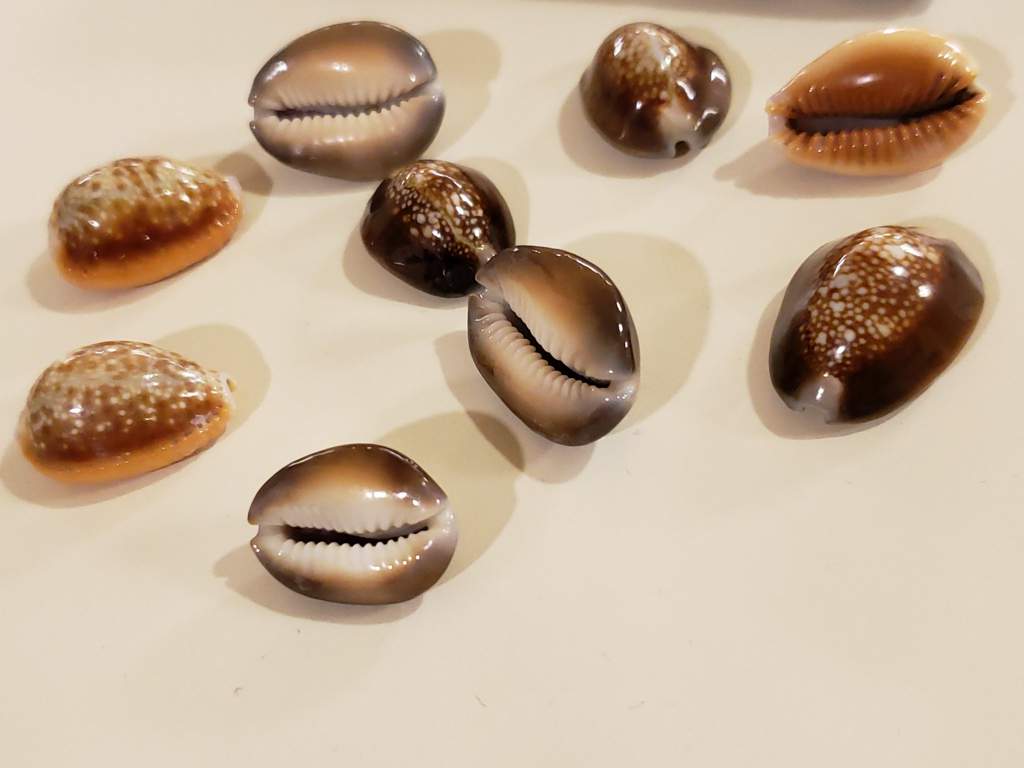The Slave Trade in Practice
As we have read in my previous blog many Africans were traded to different areas to work on plantations. Many Africans who were sold and had to endure intense work labor. With the need for man power on plantations Europeans and Americans needed "massive use of slave labor"(Pg.624),with that being said the demand was high. Many times different civilizations tried to raid Africa to gain slaves but failed because African societies were well aware of how to defend themselves. Instead, slaves were traded peacefully. African merchants and political elites would sale their slaves which put "the entire enterprise in Africans hands"(Pg.624).

 (Cowrie Shells)
(Cowrie Shells)



Often, what was exchanged was "cowrie shells, European metal goods, firearms and gunpowder, tobacco and alcohol, and various decorative items such as beads"(Pg.625).
 (Cowrie Shells)
(Cowrie Shells) Slaves have to endure harsh journeys to coast "sometimes branded, and held in squalid slave dungeons while awaiting transportation to the New World--it was anything but a normal commercial transaction"(Pg.625). Many Africans would often commit suicide to escape what was to come. "During the sixteenth century, slave exports from Africa averaged fewer than 30,000 annually"(Pg.625). In the 17th century however, the numbers rose.
Many Africans would try to resist what was to come. About "10 percent of the transatlantic voyages experienced a major rebellion by desperate captives, and resistance continued into the Americas, taking a range of forms from surreptitious slowdowns of work to outright rebellion" (Pg.626).
Comments
Post a Comment